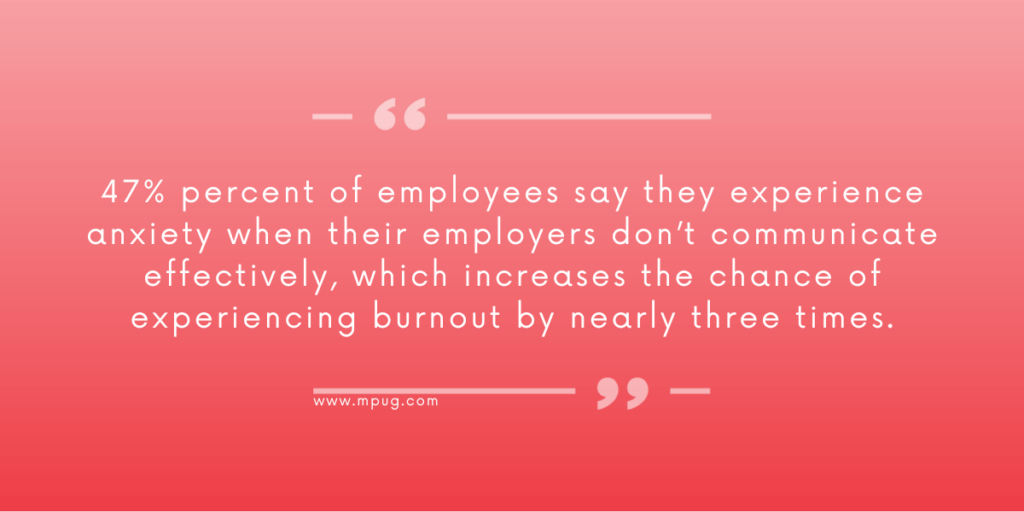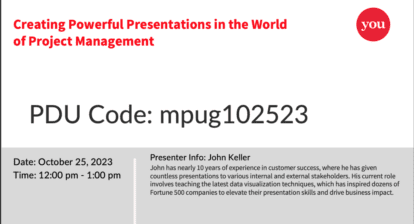
Most places you go require a key to gain entrance. You unlock the door with the key and move into a previously closed area. Communication is a key that can unlock doors to a different way of working. With communication as your key, you open the door to increased efficiency, a stronger team, and a reduction of the fractures that plague many organizations.
Communication as a Tool for Team Development
Communication is a vital element of the workplace that also helps you unlock the potential of your team members. For instance, if you take a typical workplace situation where an employee has not completed a due project, there are many ways to handle this moment. You can open the door with communication and ask them what is happening with the project. There is an exchange of conversation, and then a plan can be made for how to proceed. With communication, you are now in a new place to understand what to expect and what is happening.
The value added to this communication exchange is that you better understand the challenges and can make more informed decisions about moving forward. The forward momentum is more cohesive, and the interaction maintains the human element.
Fractures in Workplace Communication
Activities such as misinformation, assumptions, and hiding knowledge create breaks in the team’s connectivity. When communication is fractured in the workplace, people develop misconstructions that reduce efficiency and create more work by trying to repair the fractures. You can see these fractures in the form of frustration when a team member has broken communication, which reduces the workflow and trust among the team. You are then stuck in the same place with no new information or different ways to see the way forward.
The Human Element of Communication
The challenge with communication is that it is a very human element. Communication is only as strong as the people who are using it. Communication is about the need to connect and understand. It shares and strengthens relationships. Communication is not about productivity and efficiency in the workplace. Communication is about wanting people to be connected and a part of the team. Productivity and efficiency are merely a byproduct of this intrinsic wish to connect.
Protecting Value Through Communication
Elements such as fear hinder the human potential that comes from a strong communication network. When you are afraid of situations such as losing your job or not being liked, you tie fear to your value as a human. Your fear creates an environment where communication is reduced to create a sense of protection from losing your sense of value.
The Costs of Ineffective Communication
When you hide information or do not keep someone in the loop on information necessary for the team’s work, you keep that person disconnected from you and the team. You create a protective space that reduces the flow of information and activity to all the team members. These reductions impact everyone on the team. It is like a domino effect where lost information moves from one person to another in a broken path. Some paths may be strong from team members using effective communication, whereas others may be disconnected from poor communication. You can probably look at your current team and see where these breakdowns may be occurring. You may also hear rumblings from your team about frustration or work that is not progressing as it could. Many times, the team members who communicate well have to repair issues for team members who have not communicated effectively. The human element is then out of sync and disengaged from poor communication.

The Domino Effect and Employee Engagement
A recent Calm Business article stated that the result of poor communication is detraction from job performance and lower morale. Conversely, effective communication can help increase confidence and reduce work-related anxiety. 47% of employees say they experience anxiety when their employers don’t communicate effectively, which increases the chance of experiencing burnout by nearly three times.
This domino effect may also result in high turnover from employee disengagement, which, according to a current Gallup poll found that employees who are not engaged or who are actively disengaged cost the world $8.8 trillion in lost productivity, according to the State of the Global Workplace: 2023 Report. That amount is equal to 9% of global GDP. Imagine the doors you could open for your organization by maintaining solid communication skills when working as a team.
Choosing Resilient Communication
Creating resilient communication is always a choice. There are thousands of moments in the day when you have the opportunity to open the door for communicating and creating your team’s network. The challenge comes from choosing when and how to communicate. Communication is a statement about how you want to be connected to the people in your team. Your communication actions also portray the value you place on the human element of your team.
Strengthening Your Team Through Effective Communication
Effective communication is free of fear and a sense of becoming devalued. It creates strong ties so that workflows are more efficient from one person to another. A healthy communication system is low in frustration and high in its ability to keep the people working together toward the goals. The key is to find a communication style that works for you to strengthen your team and reduce the frustration and fractures that keep you connected to the human element of your work.







